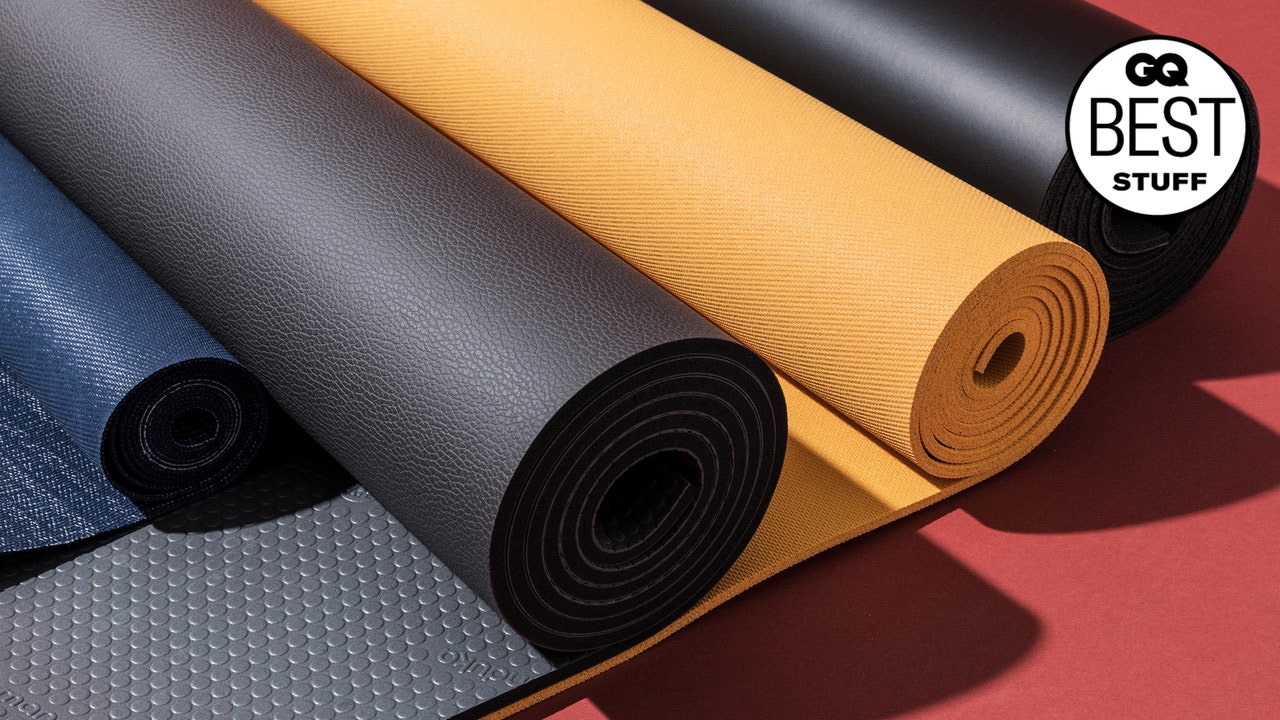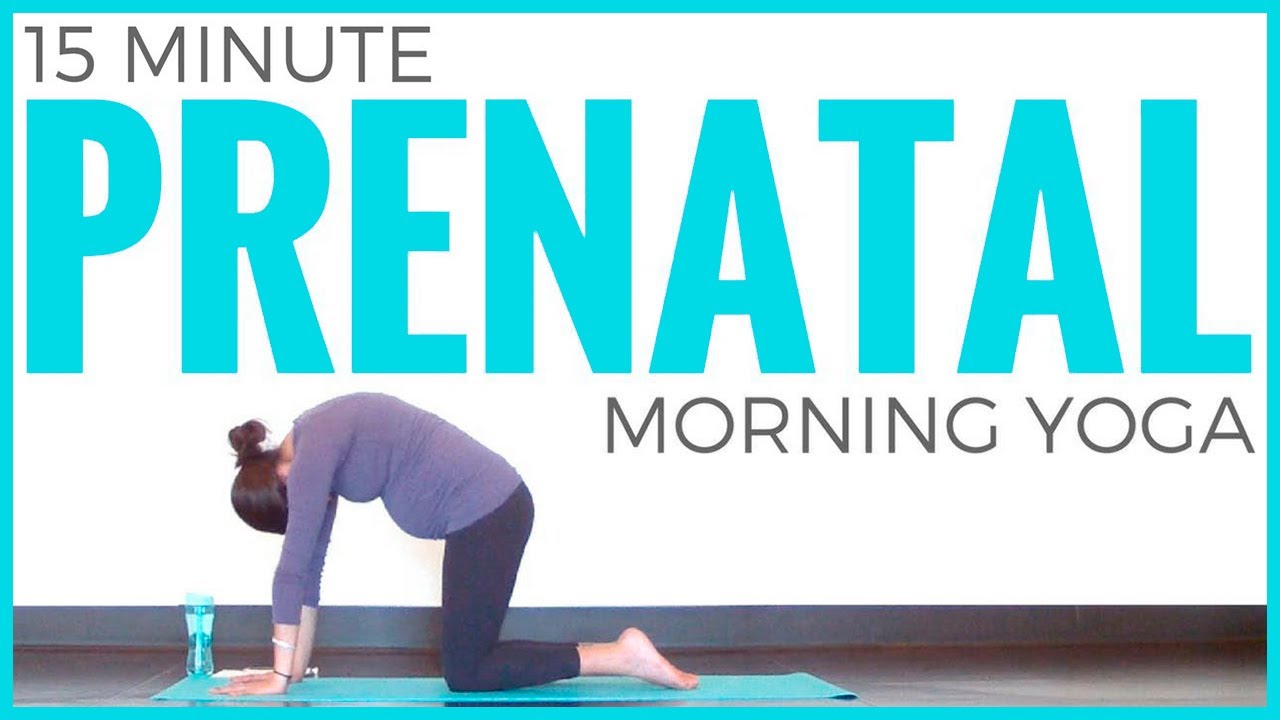
To increase your strength and length, there are many poses that you can do with yoga arms. These include the Forearm Plank or Forearm Downward Facing Dog, as well the Dolphin or Chaturanga Dandasana. To get the most out of these poses, you should perform them shoulder-distance apart.
Forearm Plank
Forearm planks require that you engage the lateral system of your body. This connects the shoulders and legs. The Forearm Plank involves bringing your forearm towards you feet and engaging your side abdominals. This can be done on the ground or on your hands and knees.
The Forearm Plank is a great option to the traditional plank. Your body doesn't know how to carry your weight when you lie on the ground with your feet together. Your forearm muscles will not be strong enough in order to hold your body upright. Your shoulders can fall and your elbows slip away from each others. These problems can be avoided by keeping your elbows in place and your body straight.
Dog that is forearm downward-facing
Forearm Downwardsfacing Dog is a form of yoga where the elbows must be bent. This activates the arm muscles and keeps the neck straight. Overextending the arms can cause injury and joint pain. Comfort is key to this pose. The limb alignment is more important than the actual pose.

The palms of your hands should be parallel to the mat during the pose. The fingers should then be spread evenly outwards and pointed upwards. The elbows should be bent, and the wrists should be drawn towards the fingers. This yoga pose is beneficial for people with weak wrists.
Dolphin pose
The Dolphin pose is an inversion of the classic Headstand pose, which stretches the shoulders and opens the upper and middle back. Although it is difficult, this exercise has several benefits. Start by interlacing both your fingers and sliding the pinkie of your opposite hand into the other palm. From there, create an even surface from your wrists to your outer hands. Next, bend your elbows and create a V-shaped shape with your forearms.
This inversion requires that you can develop your hip strength. To achieve the Dolphin pose, your hips will lift by moving your feet towards your elbows. Also, extend your arms outwards and stretch your hamstrings.
Chaturanga Dandasana
Chaturanga Dadana for Yoga Arms should be done with your arms straight up. The arms should be parallel to the floor and the elbows should be close to your body. Your shoulders and palms should be flat on the ground.
This variation is great for those who are weak in their shoulders. You can plant your hands on the wall at shoulder height and adjust them to be higher. Altering the pose can be done by moving closer to the wall, raising your heels or walking further away.

Upward-Facing Dog
The Upward-Facing Dog is a challenging yoga pose that will challenge your arms and spine. You must be able to maintain proper alignment and firm your thighs and glutes to perform this pose effectively. You can also strengthen your wrists by gently swaying your shoulders. Before you attempt this pose, consult a yoga instructor if you are experiencing back pain or have a spinal injury.
Upward facing dog practice requires that you are able to hold the dog for at most 30 seconds. This pose is not recommended for those with back injuries or carpal tunnel syndrome. This pose is not recommended for pregnant women.
FAQ
Is yoga safe?
Yes! Yoga is generally considered low risk and safe for all. However, speak with your doctor before beginning a yoga routine if you have any medical conditions or injuries.
How does yoga work?
Yoga is based upon alignment, breath control. Meditation and stillness principles. Yoga creates peace and calm when done correctly.
Warming up is the first step in any yoga class. For example, you might do forwarding and backward bends (bending forward), side bends (bending down), twists, or side bends. These moves will loosen your muscles and prepare for deeper poses.
Next comes the balancing pose called "standing." During this pose, you stand with your feet, arms at your sides, and gaze down toward the floor. Your body should feel stable, centered, and balanced.
The most important part is the next: deep stretching poses. In these poses, you lie face up on the ground, bend your knees, lift one leg, then the other, and stretch your spine in every direction possible. You can keep your balance by holding onto something sturdy to stop you falling. If you don't have anything to grab onto, rest your hands on the ground beside you.
After performing all these poses you will be able move into a series stand poses. These include the mountain, warrior, downward, upward, plank, and final poses.
It is important to slow down and breathe deeply when you do yoga. Deep breathing can not only clean your lungs, but it also calms your mind. This can be done by focusing your inhales or exhales. Consider counting every time you take a deep breath.
Yoga can be done anywhere, even while you cook. Follow the same steps, except that you should sit up instead of lying down.
You can start with only 10 minutes per day if yoga is new to you. Remember that yoga is for everyone, no matter your age.
Are there many types of yoga?
Bikram Yoga (Bikram heated) is the most widely practiced type of yoga. Other forms include Hatha, Ashtanga, Vinyasa, Iyengar, Kundalini, Yin, Power Yoga, Flow Yoga, Reiki, Pilates, Restorative, Aerial, etc.
Do I need special equipment?
You don't need any special equipment to practice yoga. However, some people may prefer specific props such a blanket, straps or blocks.
For more information on these products, check out our Yoga Equipment Guide. We recommend that you choose products made from natural materials over plastic.
What are the benefits to yoga for beginners?
Yoga can help you improve your posture, flexibility and strength as well as your breathing control, relaxation, mental clarity, and overall posture. Yoga can help you become more aware of your surroundings, yourself and others.
Yoga can help you live life fully. You learn to listen. You learn to accept yourself as you are. You also learn to let go stress and tension.
You learn to relax and enjoy life.
What is the difference in yoga and pilates?
Yoga and pilates are effective workout programs but differ in how they work. Both involve stretching, but pilates focuses on postures that challenge your core muscles while building strength.
Pilates emphasizes strengthening your core muscles and improving your balance. Yoga can be used in conjunction with pilates.
Who would the most benefit from practicing yoga?
People who are looking to improve their quality of life and increase their fitness level are the target market for yoga. People who wish to improve balance, flexibility, posture, and overall health.
They might also desire to lose weight and gain muscle mass. They may also be interested to reduce stress and anxiety, and achieve peace of mind.
Some disabilities are: arthritis, back issues, diabetes heart disease, high bloodpressure, insomnia, migraines and obesity. Yoga is especially helpful for those with disabilities.
Statistics
- The people in the yoga group were 37 percent more likely to have quit smoking by the end of the 8-week program. (nccih.nih.gov)
- In comparison, a 125-pound person is estimated to burn 135 calories in 30 minutes of walking (at a pace of 15-minute miles) and 210 calories bicycling at a moderate pace on a stationary bike. (everydayhealth.com)
- Start your Fall off right with 20% off All Access Membership when you sign up by 9/25! (corepoweryoga.com)
- The American Psychological Association recently shared that 84% of American adults feel the impact of prolonged stress (5). (healthline.com)
- According to calorie estimates calculated at Harvard Medical School, the average 125-pound person burns about 120 calories in a half hour of hatha yoga, and a 185-pound person burns about 178 calories in that half hour. (everydayhealth.com)
External Links
How To
Can I do yoga during pregnancy?
Being pregnant can impact your ability to perform certain poses safely. You should always consult your doctor before starting a new workout program.
There are still many poses that you can do during pregnancy. These are some ideas:
-
Pregnant women shouldn't lift weights above shoulder level. Instead, you can use dumbbells or lightweight resistance bands.
-
Avoid deep twists. They could cause pressure to your stomach.
-
Before you have children, avoid backbends. They can strain your lower back.
-
To deliver your baby safely, you should not be seated cross-legged or lying on your stomach.
-
If you are not cleared by your doctor to do inverted poses like headstands and handstands, don't try them.
-
Keep your practice time to no more than 30 minutes per day
Once you're ready to continue practicing yoga, you can do it throughout your pregnancy. Your doctor will let you know when you are ready for yoga.